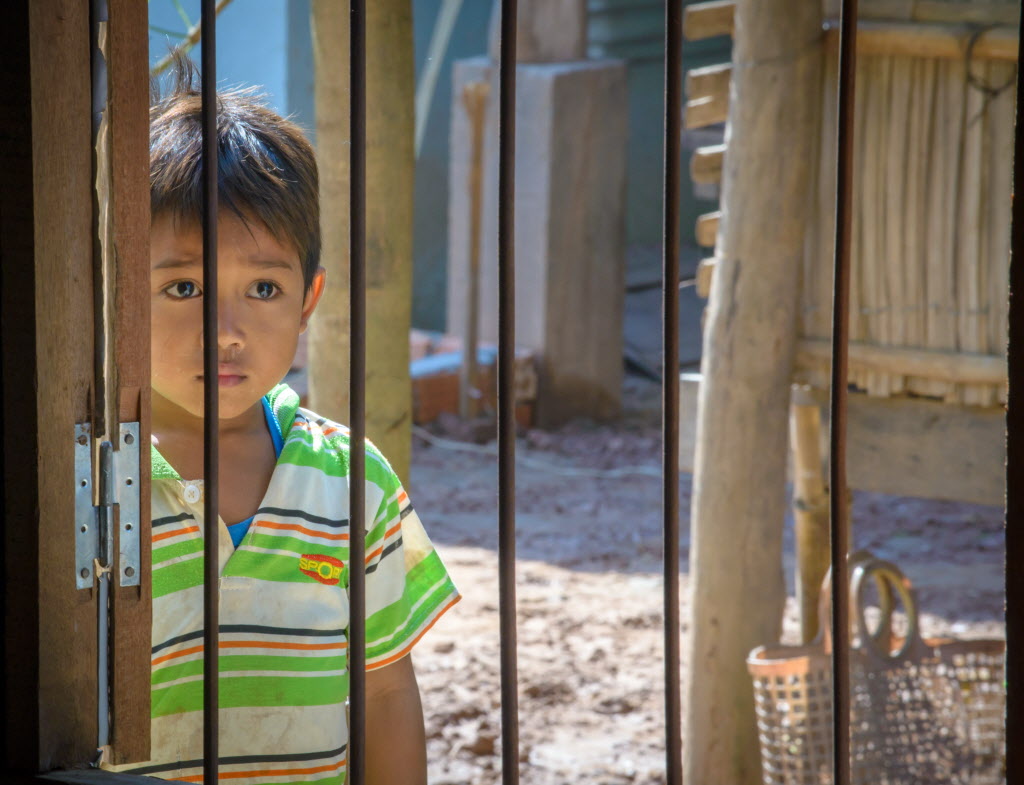The places where people think their children are most in danger are not the ones they should be most scared about, according to a recent report from World Vision and research company Ipsos Reid.
The report, Fearing Wrong, also reveals that people around the world think violence is a common, growing, and under-reported problem, yet one that is still surrounded by misconception and misunderstanding.
“Violence against children is the most pervasive, dangerous, silent horror of our time,” says report lead Dr. Kirsty Nowlan, director of public policy for World Vision International. “It is shrouded in misunderstandings and misperceptions, and it’s holding back progress on this issue.”
Surprising findings on risks to children
The survey of 11,331 people aged 16 and over in 28 countries found that the majority (61%) of people think that “out there” — public transportation and other public places — is where children are most likely to be at risk.
“Tragically, this is wrong. The most dangerous place for too many children around the world is their own home, where they should be safest,” says Dr. Nowlan.
According to the report, “immediate family members are the most common perpetrators of all forms of [child] abuse, accounting for 34% of reported cases where the perpetrator was known.”
The survey also revealed that more than three-quarters of people around the world know of a child survivor of violence, and three in five say violence against children in their country has increased over the past five years.
“Perhaps most worryingly is that the vast majority of people — 79% — feel that most violence against children goes unreported, which is one of the things we should be most scared about,” says Dr. Nowlan.
“The true extent of this problem, and its solutions, are still relatively unknown.”
Bringing awareness to a crisis
The survey was conducted for exactly this reason, says Dr. Nowlan. “Understanding why the problem continues, who is perpetrating it, and where the time, effort, and funding of governments and organizations needs to go are all key to ending violence against children,” says Nowlan. “This survey takes us another step further along that process.”
Despite the worrying findings of the survey, there is cause for hope.
According to Dr. Nowlan, less than half (45%) of people feel that enough is being done to prevent violence against children. But most (79%) still believe that it can be significantly reduced and eventually eliminated.
Ending violence against children ‘not easy, but it is possible’
World Vision places an emphasis on child protection in its global work. The report sets out a number of recommendations for people working to combat violence against children around the world.
“This global tragedy ruins too many children’s lives, and we believe ending violence against children is not easy, but it is possible,” says Dr. Nowlan. “And as world leaders continue the process of deciding what happens after the Millennium Development Goals expire in 2015, now is a particularly important time to be considering this.”
Learn more
- View the full report, Fearing Wrong.
- Read more about World Vision’s global child protection efforts.
Three ways you can help
- Please pray for a greater awareness of the problem of violence against children, and pray for the international will to take action to address the crisis.
- Give to help meet the needs of vulnerable children.
- Sponsor a child today. By investing in the life of a child, you help ensure that he or she has access to basics like nutritious food, clean water, medical care, education, and spiritual nurture — along with protection against violence, exploitation, abuse, and neglect.


